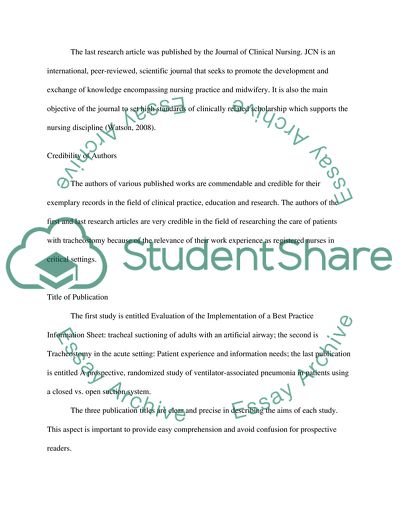Cite this document
(Published Work in Care of Patients with Tracheostomy Literature review, n.d.)
Published Work in Care of Patients with Tracheostomy Literature review. Retrieved from https://studentshare.org/nursing/1726541-critial-appraisal-and-summary-report-of-published-work-in-a-designated-topic-area
Published Work in Care of Patients with Tracheostomy Literature review. Retrieved from https://studentshare.org/nursing/1726541-critial-appraisal-and-summary-report-of-published-work-in-a-designated-topic-area
(Published Work in Care of Patients With Tracheostomy Literature Review)
Published Work in Care of Patients With Tracheostomy Literature Review. https://studentshare.org/nursing/1726541-critial-appraisal-and-summary-report-of-published-work-in-a-designated-topic-area.
Published Work in Care of Patients With Tracheostomy Literature Review. https://studentshare.org/nursing/1726541-critial-appraisal-and-summary-report-of-published-work-in-a-designated-topic-area.
“Published Work in Care of Patients With Tracheostomy Literature Review”, n.d. https://studentshare.org/nursing/1726541-critial-appraisal-and-summary-report-of-published-work-in-a-designated-topic-area.


